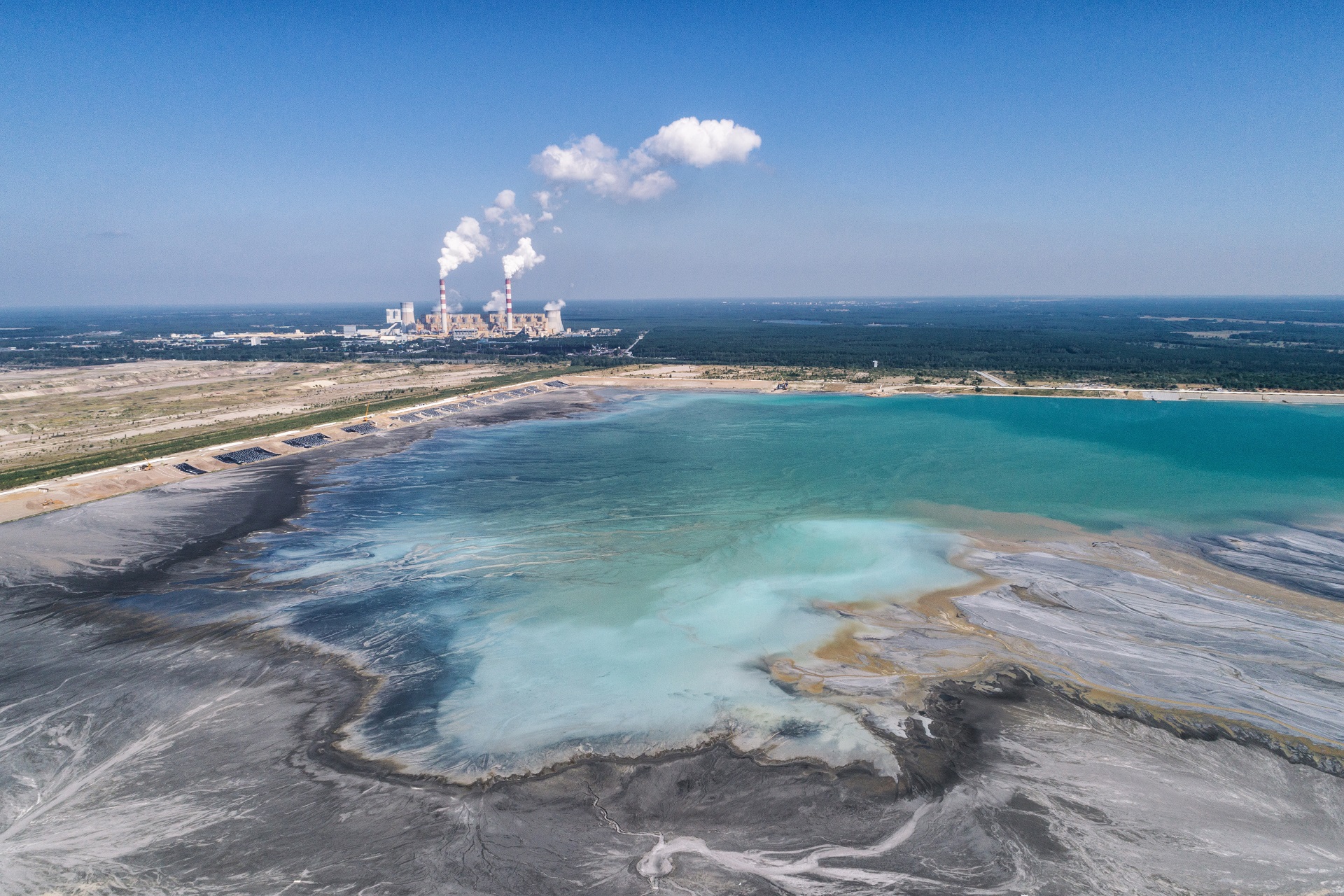In June 2021, EPA posted its decision to uphold three coal combustion residue (CCR) rules from 2018 and 2020, following a review under President Biden’s executive order 13990 requiring an evaluation of whether rules are harmful to the public or the environment. Utility owners who have relied on these regulations will be relieved that these rules will continue in effect. It has been reported that environmental NGOs challenging these rules are disappointed by EPA’s decision. EPA and the environmental organizations that have brought legal challenges to these regulations filed a joint motion for a continued stay of proceedings in the litigation on July 20, 2021.
These related rules focus on the technical criteria and timing for coal ash storage units to continue to operate or to close. The overwhelming majority of coal ash surface impoundments and landfills were constructed before the existence of any EPA regulatory criteria and are unlined based on the regulatory definition of lining. Most historic coal ash impoundments and landfills are in the process of closing either for business reasons – related to changes in the power generation industry – or because the units do not meet EPA’s regulatory criteria that first went into effect in October 2015. The core regulations adopted in 2015 required CCR facilities to begin monitoring groundwater in October 2017 to detect, assess and remediate impacts to groundwater. These regulations have not been challenged and remain in effect.
The CCR Part A rules (published Aug. 28, 2020) provided an extension to the prior closure commencement deadline from Oct. 31, 2020, to April 11, 2021, and provided some ability to seek additional extensions. This closure deadline applies to CCR surface impoundments and landfills that fail to meet the original aquifer location standard and for all unlined units. In the Part A rules, EPA modified the definition of “unlined” to include units that are only lined with clay, even if those units have demonstrated through groundwater monitoring to have no impact on groundwater. This change was made to be consistent with the 2018 USWAG decision. Finally, this rule allows facilities to apply for an extension to the closure deadline if the facilities require additional time to develop alternative capacity to manage their waste streams (primarily non-CCR wastewater) or if they are ceasing to burn coal. EPA’s website reports that as of the Nov. 30, 2020, deadline, only 35 facilities have submitted applications for extension of the closure period for alternative capacity and 25 for permanent cessation of the use of coal. EPA’s website reports all of these applications are being reviewed for completeness.
The CCR Part B rule (published Nov. 12, 2020) allows a very small subset of the newly defined unlined impoundments and landfills to demonstrate that while those units do not meet the lining requirements, they have in place an alternative liner or conditions are such that the protection of the aquifer is equal or greater than the regulatory standards for a liner. These units also have to demonstrate through groundwater monitoring that the units have had no impact on groundwater. EPA’s website reports that as of the Dec. 14, 2020, (the effective date of the final rule) only nine facilities submitted an alternative liner demonstration package and that the submissions are undergoing a completeness review.
Finally, EPA has left in place the 2018 revisions of the National Minimum Criteria (published July 30, 2018), which allow EPA or states approved to implement the CCR program to suspend groundwater monitoring requirements if there is proof that hazardous constituents cannot migrate to the upper aquifer. The regulation also revised groundwater protection standards for four constituents and extended a closure deadline.
These rulemaking challenges were the result of EPA’s experience with the implementation of the original 2015 rule and the necessary response to legal challenges brought by environmental groups and utilities. Utility comments submitted in connection with the Part A and Part B rules were very detailed and well supported with documentation that allowed the agency staff to make determinations based on a strong factual record. Presumably, the current administration decided not to seek to pull back these rules because they have a solid grounding. EPA determined that the most environmental protective course is to implement the rules. This should support the administration in defending these rules if there are further substantive proceedings in the environmental group challenges.
It appears likely that the utilities that submitted applications and the environmental groups that have brought challenges to rules allowing closure extensions will closely scrutinize EPA’s decision making with respect to submissions for extensions and the alternative liner demonstrations. It is also likely that environmental NGOs will continue to play close attention to facility operations and related CCR reporting. NGOs may exercise their ability to bring citizen suits against facilities that are not in compliance with the CCR rules.
It’s worth noting that in EPA’s budget request, the Office of Enforcement and Compliance Assurance (OECA) is seeking additional funding for CCR compliance enforcement. EPA has also signaled that it plans to reevaluate the 2020 Steam Electric Limitation Guidelines (ELGs), issued Oct. 13, 2020, that apply to coal fired power plant operations. EPA sought to coordinate the CCR rules, including the requirements related to closure or retrofit deadlines, with the ELGs.
Where EPA is the permitting authority, which includes tribal land and those states not authorized to implement the CCR program, EPA will be issuing CCR permits. EPA will have to stand up a permitting program to address the need to issue CCR permits. In addition, EPA will have to continue conducting CCR rulemaking to address issues arising from the original 2015 regulations. This includes plans to address legacy CCR units, the rules for beneficial use of coal ash and other CCR related matters, and state requests to assume implementation of the CCR permitting program.










/Passle/6488d4630e7e25c9ac9f834a/SearchServiceImages/2024-11-14-13-11-27-495-6735f6fff42d6cc59c8ec5c1.jpg)
/Passle/6488d4630e7e25c9ac9f834a/SearchServiceImages/2024-11-11-22-02-38-042-67327efe31216b909e6ea644.jpg)
